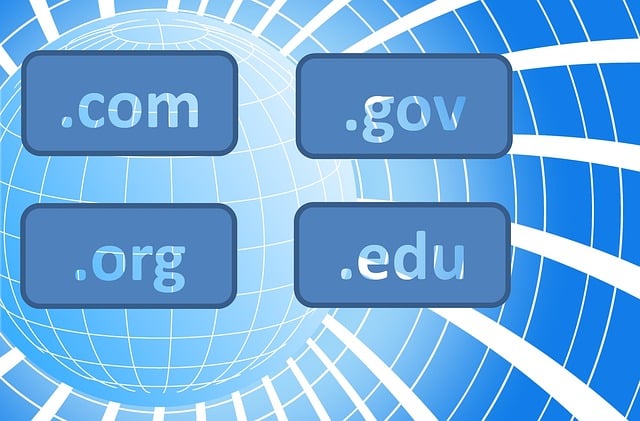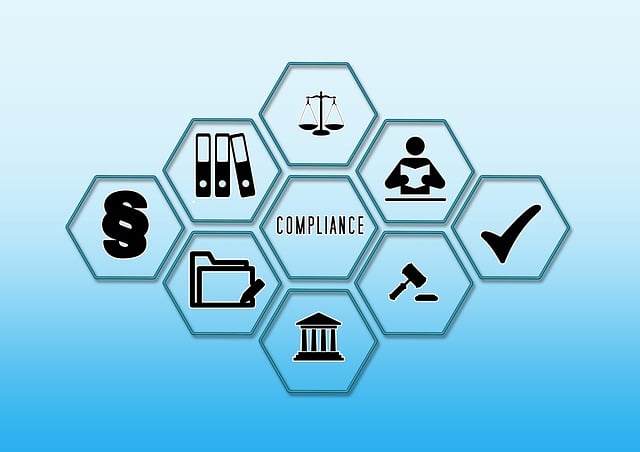Select DOT Compliance is crucial for freight transport businesses to navigate complex regulations covering driver training, vehicle maintenance, hazardous material shipping, and record-keeping. Integrating technology like fleet management software and digital training platforms ensures adherence to safety standards, mitigates risks, and aligns with evolving Department of Transportation (DOT) guidelines. Case studies demonstrate that strategic investments in Select DOT Compliance lead to operational excellence, enhanced safety, and reduced violations and penalties.
“Discover the ultimate guide to achieving perfect DOT compliance with our comprehensive article. In today’s regulated landscape, staying aligned with DOT regulations is paramount for businesses. We offer a profound exploration of ‘Understanding DOT Regulations’, highlighting key aspects through which effective Select DOT Compliance solutions can be tailored.
Learn about crucial components, the power of technology in implementation, and gain insights from real-world DOT compliance transformations.”
- Understanding DOT Regulations: A Comprehensive Overview
- Key Components of Effective DOT Compliance Solutions
- Implementing Technology for Seamless Dot Adherence
- Case Studies: Successful DOT Compliance Transformations
Understanding DOT Regulations: A Comprehensive Overview

Understanding DOT Regulations: A Comprehensive Overview
The Department of Transportation (DOT) sets and enforces regulations that govern various aspects of transportation in the United States, including road, air, marine, and rail travel. For businesses involved in freight transportation, staying compliant with these standards is not just a legal requirement but also ensures safety, improves operational efficiency, and enhances customer trust. Select DOT compliance solutions aim to streamline this process by offering tools and training that help carriers navigate the complex web of rules and regulations.
These regulations cover a broad spectrum, from driver safety and vehicle maintenance to hazardous material shipping and record-keeping. For instance, freight carrier safety standards mandate specific training for drivers, regular inspections, and adherence to hours-of-service rules to prevent fatigue. International trade compliance training is another critical aspect, as businesses must be aware of both domestic and international DOT regulations when transporting goods across borders. By adopting comprehensive DOT compliance solutions, companies can ensure they remain in full adherence to these vital standards, thereby fostering a culture of safety and responsibility throughout their operations.
Key Components of Effective DOT Compliance Solutions

Ensuring perfect DOT (Department of Transportation) compliance is paramount for businesses in the freight transport industry. Effective DOT compliance solutions aren’t merely about ticking boxes; they require a comprehensive approach integrating several key components. Firstly, robust fleet management software solutions are essential tools to monitor and track vehicle maintenance records, driver hours of service, and safety inspections, ensuring all operations adhere to DOT regulations.
Secondly, incorporating best practices for the freight transport industry is crucial. This includes implementing stringent safety protocols, promoting truck driver health and wellness programs, and regularly updating policies to reflect changing DOT guidelines. Such measures not only mitigate risks but also contribute to a culture of responsible and compliant transportation management.
Implementing Technology for Seamless Dot Adherence

Implementing technology is a game-changer when it comes to achieving seamless DOT (Department of Transportation) compliance. By leveraging digital tools and automated systems, companies can streamline their processes, ensuring every aspect of operation aligns with the latest regulations. One effective strategy is to invest in specialized software designed for DOT adherence, which can manage and track critical data such as vehicle maintenance records, driver hours of service, and safety inspections. This not only reduces manual effort but also minimizes errors, leading to a more efficient compliance management system.
Additionally, incorporating transportation safety training programs and enhancing truck driver health and wellness initiatives through technology can contribute to overall DOT emergency preparedness protocols. Digital platforms can deliver interactive training modules, keeping drivers updated on safety procedures and best practices. Furthermore, health tracking applications can monitor driver well-being, promoting a culture of safety and ensuring operators are in optimal condition when behind the wheel, which is crucial for maintaining compliance with DOT standards.
Case Studies: Successful DOT Compliance Transformations

In the realm of transportation and logistics, achieving flawless DOT compliance is no mere formality; it’s a transformation that can revolutionize a company’s operational efficiency and safety record. Case studies abound, showcasing the profound impacts of successful DOT compliance initiatives. For instance, consider a regional trucking firm that, through meticulous training and implementation of international trade compliance procedures, reduced its dot violations and penalties by 75% within a year. This achievement not only improved their financial standing but also underscored their commitment to upholding stringent safety regulations for the trucking industry.
Another stand-out example involves a logistics giant that integrated an advanced digital platform for international trade compliance training. This move facilitated seamless tracking of shipments and real-time updates on changing safety regulations for trucking industry requirements, effectively streamlining their operations across state lines. These narratives exemplify how strategic investments in DOT compliance can yield substantial returns, fostering a culture of accountability, safety, and regulatory adherence within organizations navigating complex transportation networks.
In today’s regulated landscape, achieving perfect DOT compliance is not just an option but a necessity. By understanding DOT regulations, implementing robust DOT compliance solutions, and leveraging technology, businesses can ensure safe operations and avoid costly penalties. Through our exploration of comprehensive overviews, key components, technological implementations, and successful case studies, it’s clear that selecting the right DOT compliance strategies is a game-changer. Embrace these insights to revolutionize your approach and foster a culture of adherence among your workforce.
